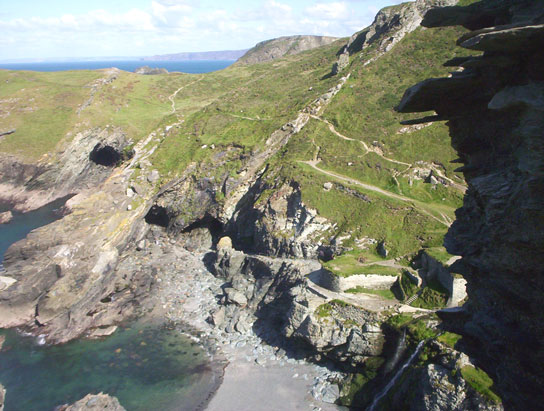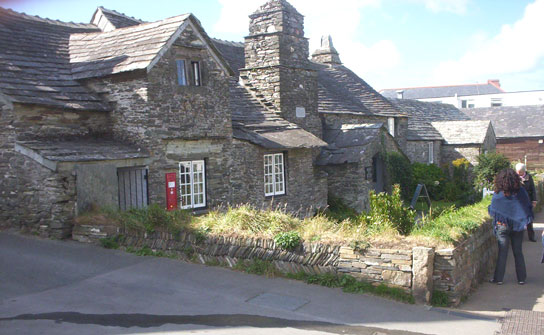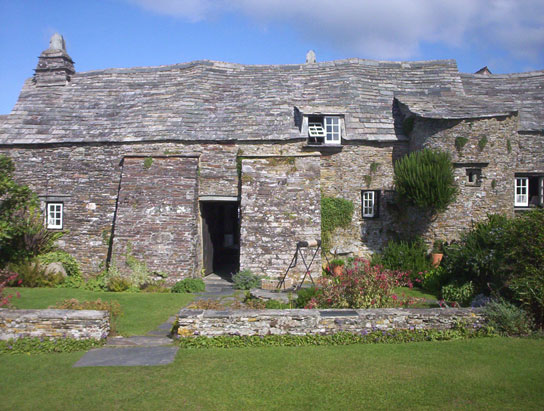A local museum, devoted to the history and development of the locality. It is located in a Victorian farmhouse and outbuildings. The museum is run by volunteers. An interesting museum of its type.
Museum of Army Flying, Wiltshire.
A specialised subject area, but if you are interested in militaria, there should be plenty to interest you. It contains over 35 fixed and rotary wing aircraft, and various other exhibits. Suggested visit duration: at least 2 hours. The Army Air Corps working airfield is next to the museum.
National Museum of Scotland, Edinburgh.
Some years ago the museum acquired an extension at one end, marked by a new tower entrance. The new bit had the History of Technology stuff and there was a lot to look at in there. The trendy architectural layout was a bit confusing. Now I hear that the old bit, with the galleried hall, has been given a make-over. A major destination – it’s probably impossible to see everything in one day. Suggested visit duration: as much time as you feel like devoting to it.
Naseby Battlefield, Northamptonshire
There isn’t much for the casual visitor to look at, but if you are interested in Civil War history, you can arm yourself with a map, and drive or tramp around, visiting the various view points and seeing for yourself the terrain where the armed encounters took place.
I read that plans have been approved for a £3M. visitor centre at the site.
Naval Base, Devonport.
This is an operational base, so you can’t just turn up and have a look round! However there are a couple of ways of getting to see parts of it. One way is to apply for a place on the frequent guided tour (twice daily, several days a week). This could include a submarine or warship visit. They’ll let you know if your application is successful. You might want to enquire what you should bring with you, to avoid a panic attack on the day on the lines of “where’s my photo ID?!” I can’t tell you if they’ll run a security check on you or not…
It would be a good idea to check beforehand the location of the meeting point and how to get there. Devonport is a big place… Once you have located the meeting-point on the day, you should be able to park in front of the reception centre, assuming the armed guards let you in.
Another way of getting in is to wait for one of the Navy Days or Heritage Days, when you can just turn up and look at various museums, and go on timed minibus tours of parts of the site. This might include a submarine or warship visit, and historic buildings.
A note of caution: I don’t mean to be rude to the overweight and disabled, but for visiting warships and submarines, a certain standard of agility and fitness is required. Operational vessels have steep ladders and confined openings.
Okehampton Castle
The castle site is on a high point overlooking a river. Like most British castles, it now bears a marked resemblance to a pile of rubble, but there is enough left to interest the visitor. Said to be the largest castle in Devon. If the signposting in the town proves a bit vague, head upwards and look out for Castle Lane.
Tintagel Castle, Cornwall
English Heritage
The site is encrusted in Arthurian myth. In reality, dramatically sited low walls are all that remain of a 13th century castle. Some parts of the site have succumbed to sea erosion. The remains extend on both sides of a gorge that separates the headland from the mainland. Castle aside, it’s interesting to wander around the headland, which is littered with ancient remains. There are sea views.

Old Post Office, Tintagel

The brief use of the building as a former post office is incidental. The building, originally a yeoman’s farmhouse, dates from the 14th century, and with its wavy roof that seems to be sagging into the earth, it looks its age. Interesting building with old furniture and displays, and a pleasant cottage garden.

Pendennis Castle, Cornwall
English Heritage.
The castle was built as one of Henry VIII’s coastal gun forts, and the site continued in use as a military strongpoint up to the Second World War. Besides the original castle, the site includes substantial stone-built barracks buildings from more recent times. Suggested visit time: about 2 hours. There is plenty to look at, with sea views, and you could also take a boat trip across the estuary to visit St Mawes castle nearby.
Penlee House Gallery and Museum, Cornwall.
The gallery is in Penzance, and situated in an attractive Victorian house and grounds. It houses a collection of work from the Newlyn school of artists. Worth a visit if you’re in the area.
